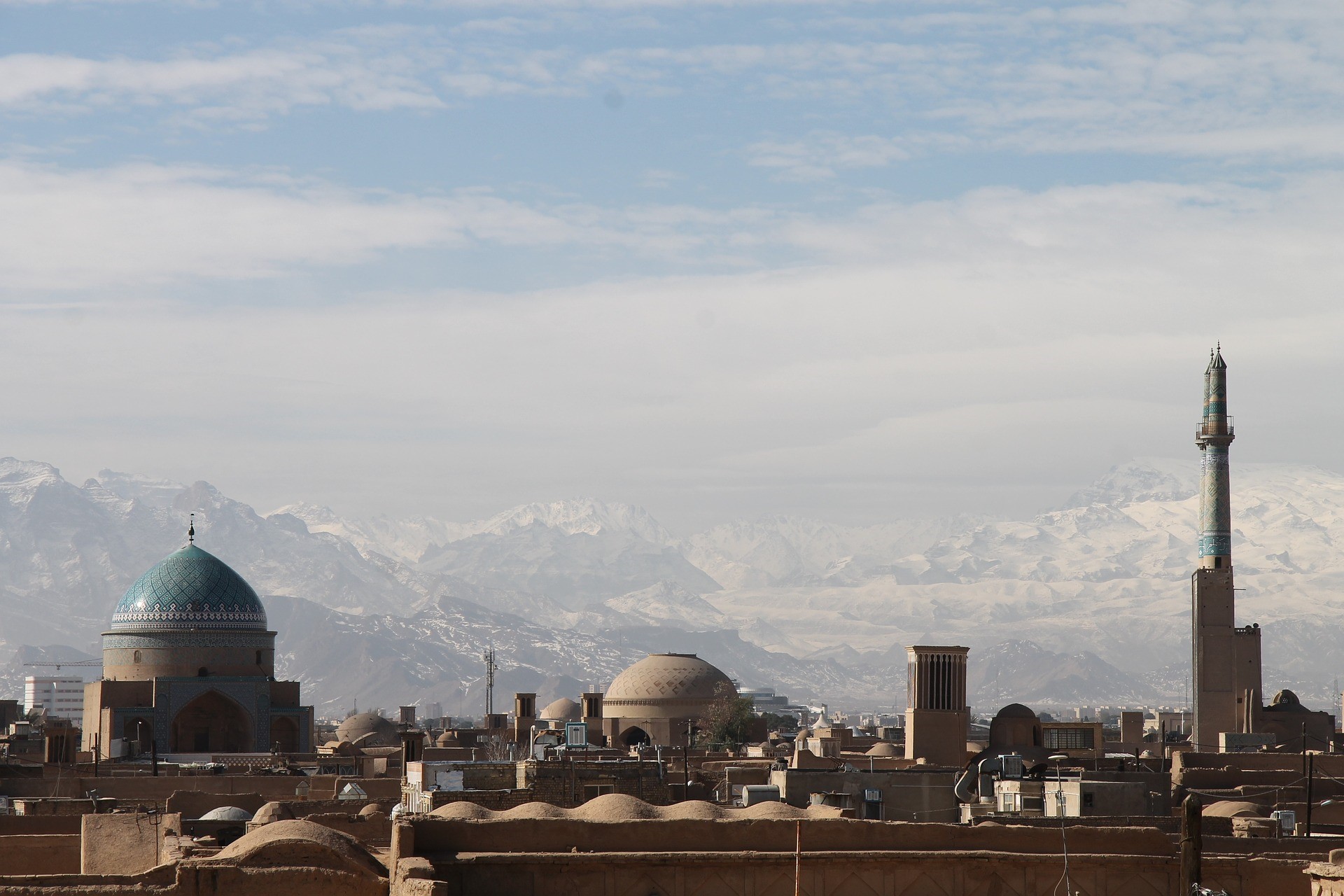Swissquote Bank: Not a classical de-escalation story

Stocks in Europe and the US rallied as oil and gold retreated yesterday on news that Iran is willing to resume talks on its nuclear program. The market interpreted this as a sign that Iran either has no intention — or possibly no means — to escalate the war, easing concerns about potential disruption to the Strait of Hormuz, a critical chokepoint through which around 20% of global oil and gas flows transit.
However, this is not a classic de-escalation story. While Iran appears to be signalling restraint, former President Donald Trump urged the evacuation of Tehran, and Israel has vowed to continue its strikes. This makes it a one-sided de-escalation at best, and keeps risks across energy markets and haven assets tilted to the upside. If Iran fails to find room to manoeuvre diplomatically, it could easily make a U-turn.
Meanwhile, tensions between Russia and Ukraine remain high.
As such, natural gas surged nearly 5% yesterday and continues to climb this morning, while oil prices are also rebounding. US crude is bid into the $70 per barrel, while Brent sees demand below its 200-DMA near $71.40. Upside appears limited for now, as the market remains well-supplied — the US is pumping at record levels, and OPEC+ is adding hundreds of thousands of barrels back into a market with weak demand and soft Chinese data. Yet global energy supply remains fragile, and it wouldn’t take much to shake the physical flow of oil and reverse market sentiment in a heartbeat.
History offers two valuable templates.
In the early 1970s, oil seemed abundant. Supply was strong, demand was healthy, and few foresaw disruption. Then came the 1973 Arab Oil Embargo. Practically overnight, the world flipped from oversupply to panic. Oil prices quadrupled, strategic reserves were born, and energy security became a global priority. The market had underestimated just how quickly a geopolitical shock could upend the balance.
Then, in the 1980s, we saw the opposite kind of shock. Demand growth slowed dramatically — thanks to fuel efficiency, conservation efforts, and structural economic shifts — while supply surged from new sources like the North Sea and Alaska. OPEC attempted to support prices by cutting output, but non-OPEC countries kept pumping. In 1986, Saudi Arabia gave up defending prices and opened the taps, triggering a price collapse from $30 to under $10 a barrel, and ushering in a decade of cheap oil.
Today, we see a blend of both historical dynamics. Supply is rising, OPEC is relaxing its restrictions, demand remains sluggish, and geopolitical tensions are mounting. This leaves the market at a crossroads:
- One path resembles the 1970s, where a geopolitical shock chokes supply and sends prices soaring.
- The other mirrors the 1980s, where weakening cartel discipline sparks a price war and the market crashes under its own abundance.
Which way will it break? That’s unclear. But history tells us this: when oil markets feel safest, they’re often sitting on the edge of a major turn. The latter wouldn’t mean sustainably high oil prices, but a spike is a risk that remains on the table. And higher oil prices is bad for global inflation, it rises price pressures and forces the central banks to hike interest rates. Higher borrowing costs weigh on growth prospects and equity valuations. So the level of uncertainty in the market and actual risk appetite barely match.
In FX markets, the US dollar remains under pressure, suggesting that investors are still not fully pricing in Middle East risk. But this sense of calm may be misplaced. Markets seem far too relaxed in the face of serious geopolitical risks. Any escalation could trigger renewed appetite for the dollar, gold, and oil. Despite recent weakness driven by global trade tensions, the dollar tends to hold up well when geopolitical uncertainty rises.
The EURUSD continues to consolidate gains above the 1.15 mark, while the yen showed only a muted reaction to the Bank of Japan's (BoJ) decision to leave rates unchanged and slow the pace of bond tapering — as expected. The USDJPY is down this morning due to broad-based dollar softness, but Japanese 10-year yields have risen for a third consecutive day, adding to risks for global markets: rising Japanese yields threaten to reverse carry trades, posing another headwind for global risk assets.
Note also that rising Japanese yields could be pressuring US yields higher. The US 10-year is trending up, despite the fraught geopolitical backdrop. As a result, equity indices are in the red this morning, and we may see the S&P 500 give back its Monday gains.
Looking ahead, the Federal Reserve (Fed) kicks off its two-day policy meeting today. While no change in rates is expected, geopolitical uncertainty and trade tensions make the outlook more complex. Recent inflation data has been reassuring — suggesting price pressures are not accelerating — but tariffs and the risk of an oil price spike due to Middle East tensions will likely keep the Fed in a cautious stance.
That said, markets could still react strongly to even a hint of dovishness from the Fed this week. Investor positioning and sentiment suggest a clear appetite to push the S&P 500 to fresh all-time highs. But with little fundamental support behind the current risk rally, much of it appears to be driven by FOMO — the fear of missing out.
